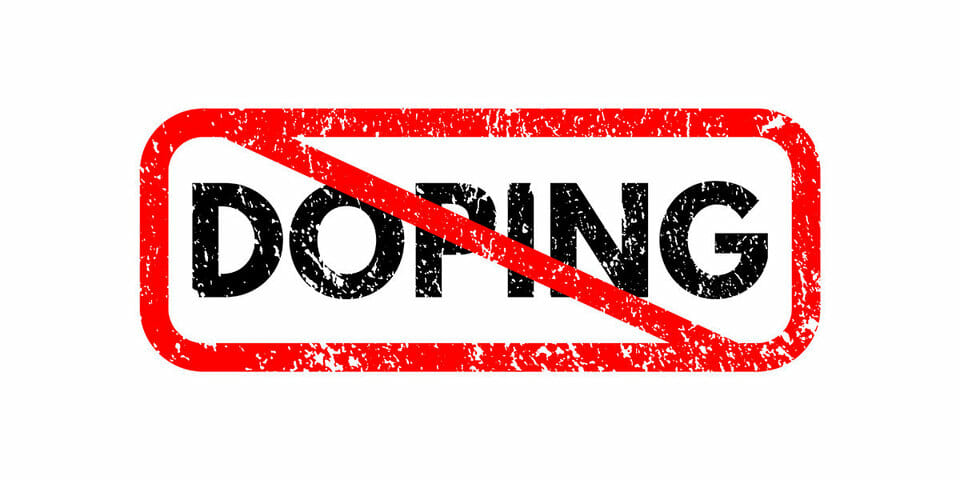

March 20, 2023

Содержание
Sports news is filled with news about doping. Many athletes use various means to improve their strength performance, which are prohibited in official competitions. There is a World Anti-Doping Code, which includes rules as well as a list of prohibited drugs. The doping control procedure has a clear pattern and its main purpose is to detect a violation, if any.
The use of remedies that increase a person’s strength has been known since ancient Greece. At the time of the Olympic Games, athletes took sesame seeds, believing that they increased strength and endurance. It was not a forbidden product then.
A more precise definition of doping was attempted in the 19th century. At that time, an English cyclist died after a competition, and one of the organizers suspected that the cause of death might be the use of a drug. Whether this was a correct statement is unknown, the situation did not cause a scandal, but in the society of athletes began to talk about means that increase strength, but can have a detrimental effect on health.
The definition of doping was not officially introduced until 1997 by the International Olympic Committee. From that moment, an active confrontation between international organizations and competitors began. Initially it concerned representatives of athletics, and then testing was carried out to all athletes without exception. The problem became especially acute in the 50s-60s of the twentieth century. Then, for the first time, a steroidal drug with anabolic effect appeared on the market.
The World Anti-Doping Agency WADA was established in 1999 to fight doping. This independent organization works at all levels. World and regional championships, Olympic Games and other types of competitions do not pass without its control. The activities are based on the World Anti-Doping Code.
According to the Code, any Athlete who plans to or has already competed in International Competitions may be notified of a Doping Control notification an unlimited number of times. Only the Anti-Doping Organization can provide such a document. The number of passes is not limited. Even a former athlete can be tested if he/she decides to return. In this way, an active fight against the use of prohibited drugs is carried out.
Doping Control of Athletes shall be conducted according to a special procedure and shall include all necessary actions from the moment of notification to the signing of the protocol after the Sample has been collected. All procedures shall be conducted at designated stations. It is the responsibility of the organization to maintain the integrity of the material provided. One of the main conditions is that confidentiality is respected. After passing the test, the athlete receives a certificate.
Anti-doping has a purpose – to have fair competitions.
The complete sample collection procedure for a doping test includes these steps.
Doping control is carried out in independent laboratories. Which method is appropriate is chosen on an individual basis. The official WADA website contains all necessary information about testing. The answer to your question can be obtained confidentially from a qualified specialist.
Olympic doping has a scandalous reputation, so passing the control is mandatory. The same practice is used at international championships, world doping is the reason for the suspension of an individual participant. It is not possible to refuse the test procedure, but there is a grace period. It can be obtained in such cases as:
Other reasons may be submitted for consideration, and a deferral will be granted if the reviewing officer deems it valid. Failure to report to the station is considered an infraction and is cause for expulsion.